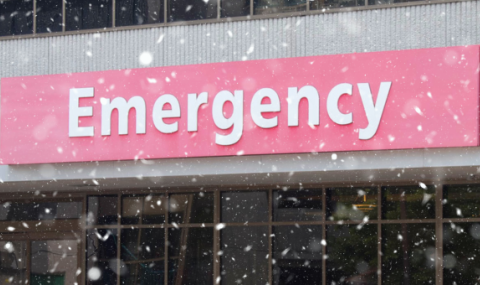What is RICE?
RICE is an acronym for a basic first aid treatment used to treat a variety of musculoskeletal injuries, including those which occur with bleeding episodes. R-I-C-E stands for Rest, Ice, Compression, and Elevation. In the bleeding disorders community, we’ve added another I for Immobilization and another C for Concentrate.
Rest:
Rest is probably the most basic and most difficult principle to apply. While a joint or muscle is actively bleeding, it should be rested. If a bleed involves a leg, this means no weight bearing on that leg; and if a bleed involves an arm, this means no lifting or carrying with that arm. With the hectic pace of daily life, it is often difficult to rest joints and muscles, but this is a highly effective method to help bleeding episodes resolve more quickly and completely.
Ice:
Ice applied to an injured area can help control swelling and pain. It will not stop a bleeding episode, but it will help to manage the symptoms and improve comfort. Ice should not be applied directly to the skin, but should first be wrapped in a damp towel. Ice can be applied for ten to fifteen minutes, every two hours as long as it is comfortable. Some individuals do not tolerate ice. There is no need to force it if the other basic treatment principles are being used. Do not apply heat to an active or resolving bleed.
Immobilization:
Immobilization means holding a joint still in a slab cast or splint during the active bleeding phase to help control pain and swelling. Immobilization should never be applied for more than two to three days as it may then become difficult to get joints and muscles moving again.
Compression:
Compression involves wrapping the affected joint or muscle in a tensor bandage or Tubigrip sleeve to help control swelling and pain. Do not wrap the affected area too tightly, as you may decrease blood flow to other parts of the involved extremity. Some people do not tolerate compression. There is no need to force it if the other basic treatment principles are being used.
Concentrate:
Concentrate is probably the most important element in treating active bleeding episodes. Use factor concentrate as directed by your bleeding disorders clinic and don’t delay in seeking treatment.
Elevation:
Elevation involves resting the affected area in a raised position. If the leg is affected, it can be raised and placed on a couch or chair and arms can be propped on pillows.
RICE is an effective and basic treatment approach to musculoskeletal injuries, including bleeding episodes. Please contact the Bleeding Disorders Program if you have any questions regarding the treatment of any active or suspected bleeding episode or the application of any of the principles of the RICE treatment approach.



